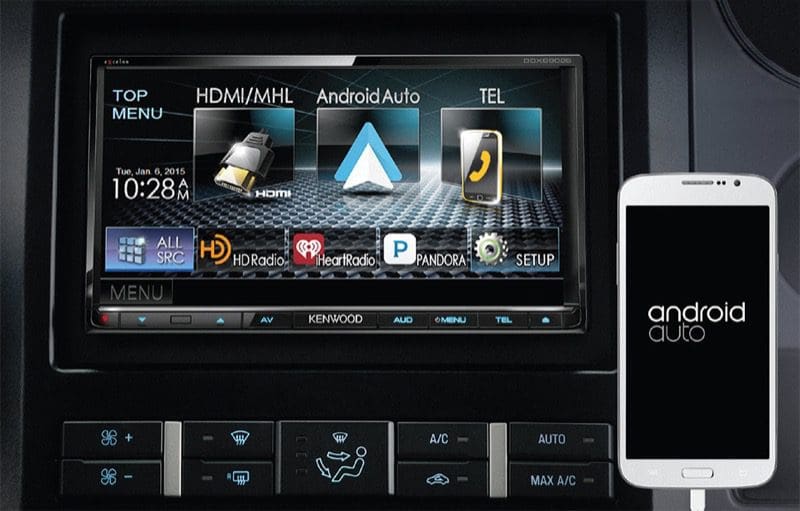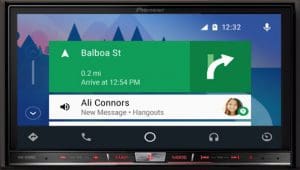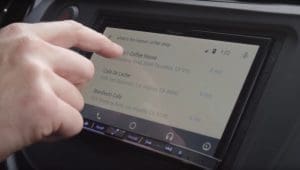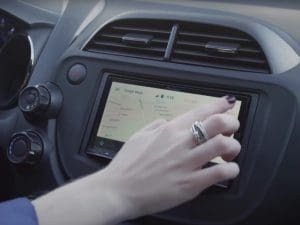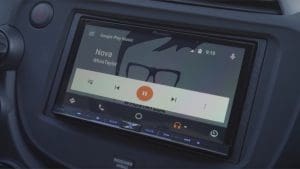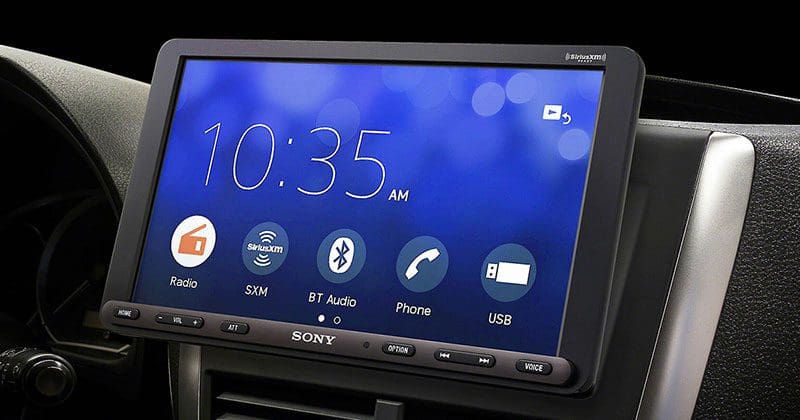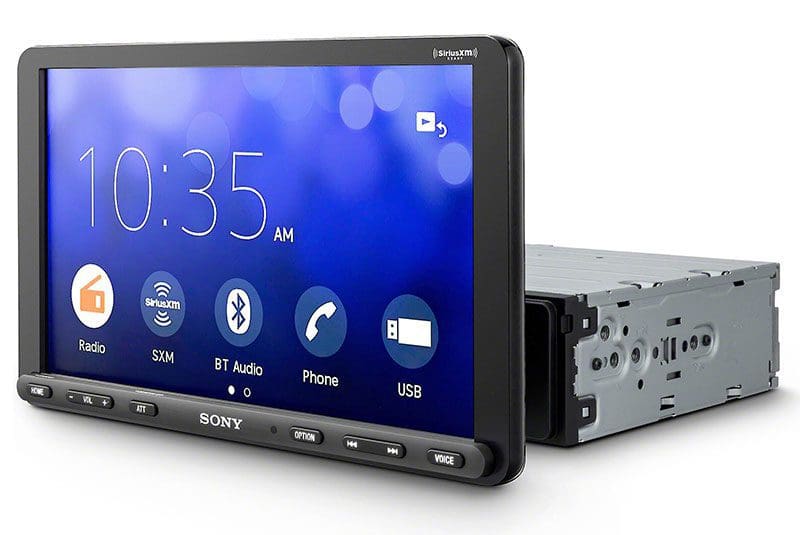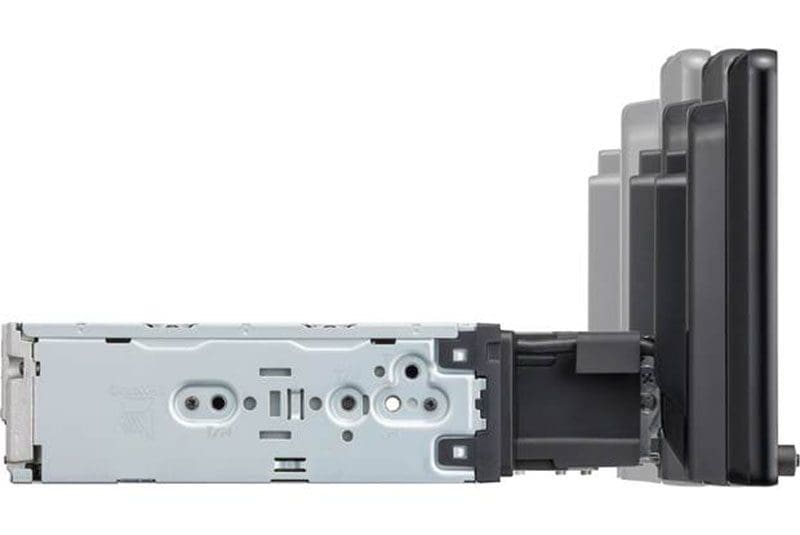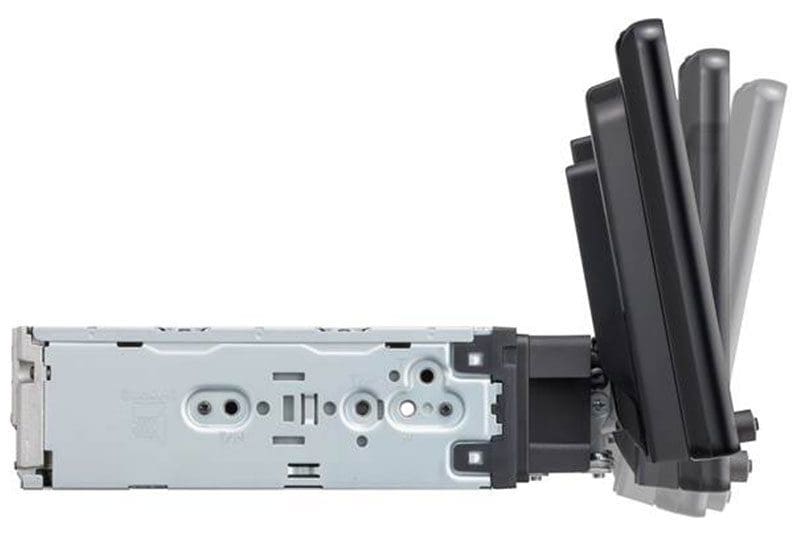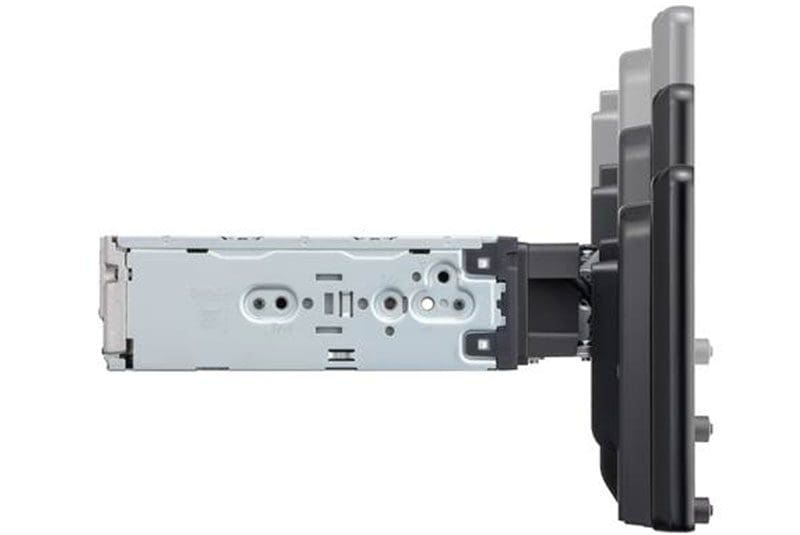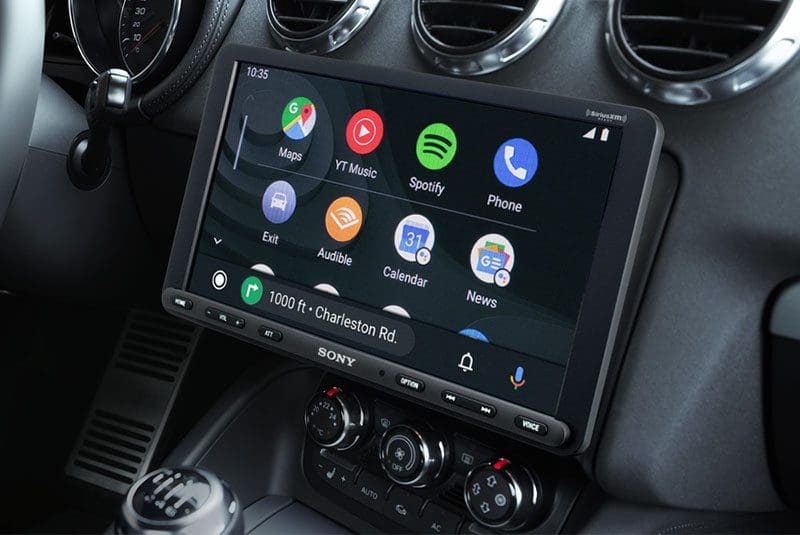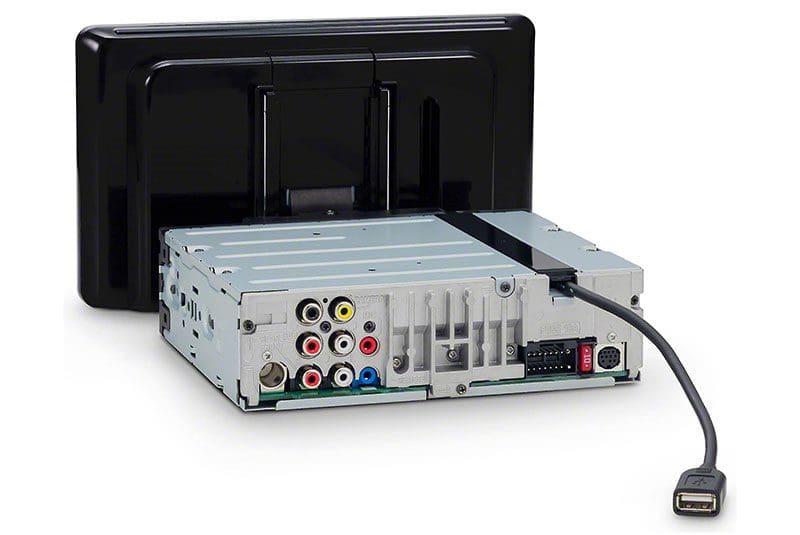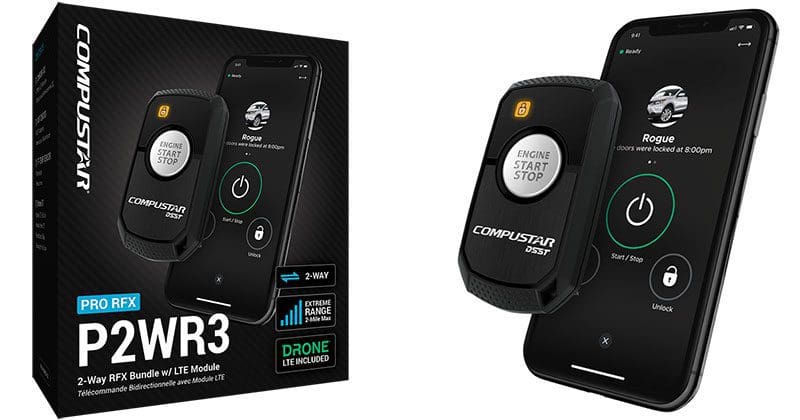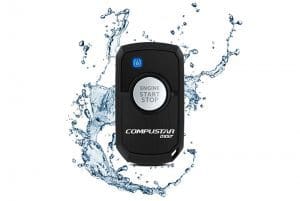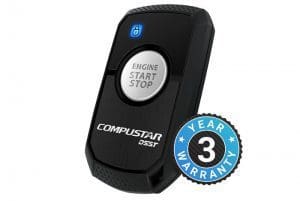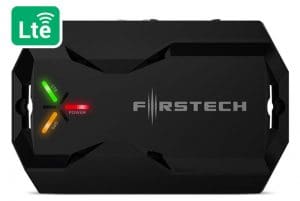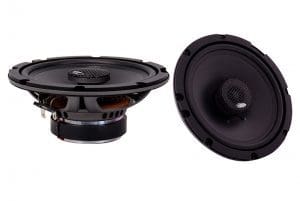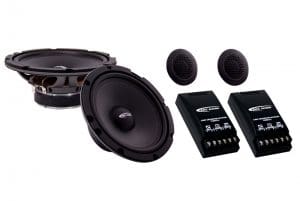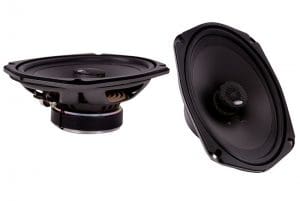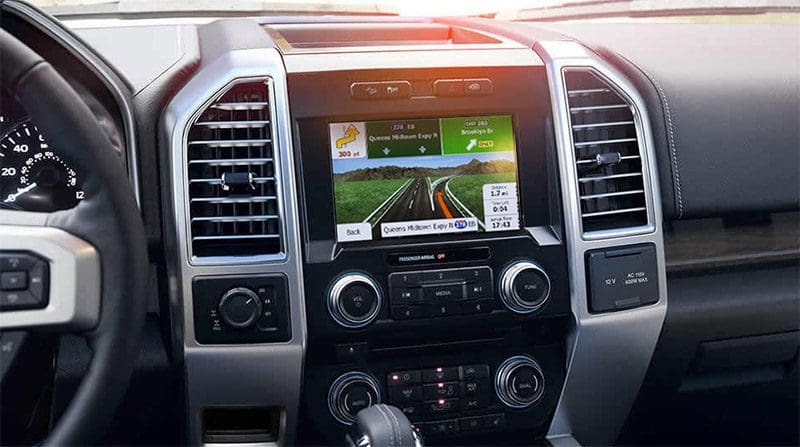 Let’s say you purchased a brand-new Dodge Journey, Chevy Silverado or Ford F-150. The vehicle has a big color display for the audio system, and it may even show the heating and air conditioning controls on the same screen. But alas, it would have cost several thousand dollars to add the factory navigation system because the option package it was in included features you didn’t want. A sunroof, leather upholstery or automatic climate controls are all great options – but if adding navigation is what you want, then why pay for options you don’t need? Fear not – your local specialist car audio retailer can help you out.
Let’s say you purchased a brand-new Dodge Journey, Chevy Silverado or Ford F-150. The vehicle has a big color display for the audio system, and it may even show the heating and air conditioning controls on the same screen. But alas, it would have cost several thousand dollars to add the factory navigation system because the option package it was in included features you didn’t want. A sunroof, leather upholstery or automatic climate controls are all great options – but if adding navigation is what you want, then why pay for options you don’t need? Fear not – your local specialist car audio retailer can help you out.
Add-On Navigation Systems
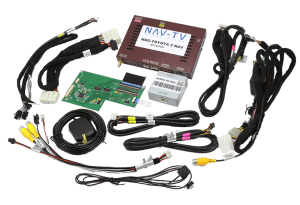
Companies like NavTV and Advent have developed add-on navigation systems that work with factory radios and their color displays. The systems include a navigation computer and an integration module that allows graphics to be displayed on the factory screen. Many vehicles with a factory touchscreen can have those input commands fed into the navigation module. There are also some navigation kits that include their own touchscreen overlays for vehicles that don’t include a touch interface.
Expert Installation Required
The installation of these systems is plug-and-play. That being said, a great deal of vehicle disassembly is often required to make all the connections to the factory screen. Some vehicles require the touchscreen panel itself to be taken apart. Taking your new car apart is not something that should be done by someone without extensive experience. Panels can easily be scratched or crack if they are not maneuvered properly. It is best to seek out the assistance of a trained and experience installation technician. He or she will also need to locate the GPS antenna, connect to the factory audio system wiring for voice prompts and tap into the vehicle CAN bus.
Benefits Of Navigation
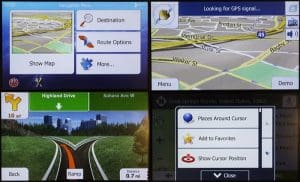
Navigation is more than just an intelligent mapping system. If you are traveling in an area that you are not familiar with, having maneuver prompts before having to turn or exit an interstate is not only convenient, but can reduce the chances of having to make a sudden and potentially dangerous lane change. It has also been proven that navigation systems save fuel by reducing the chances of getting lost or missing an exit.
Navigation Software
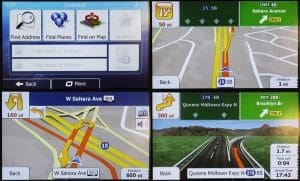
Different manufacturers use different navigation software applications – Garmin and iGo are amongst the most popular. The mapping in the systems can be upgraded in the same manner as an aftermarket navigation radio: with downloads available from a manufacturer’s website. These systems include street addresses as well as Points of Interest (POI) information, so you can search for the name of a restaurant or hotel.
Want To Learn More About Adding Navigation?
If you have a vehicle from Ford, Chrysler, GM, Nissan, Honda or Toyota and would like to find out if you can add navigation to the factory screen, visit your local BestCarAudio.com specialist. They would be happy to research availability for the make, model and trim level of your vehicle. They can provide an estimate to supply the product, as well as install it for you. Give them a call today.
This article is written and produced by the team at www.BestCarAudio.com. Reproduction or use of any kind is prohibited without the express written permission of 1sixty8 media.
